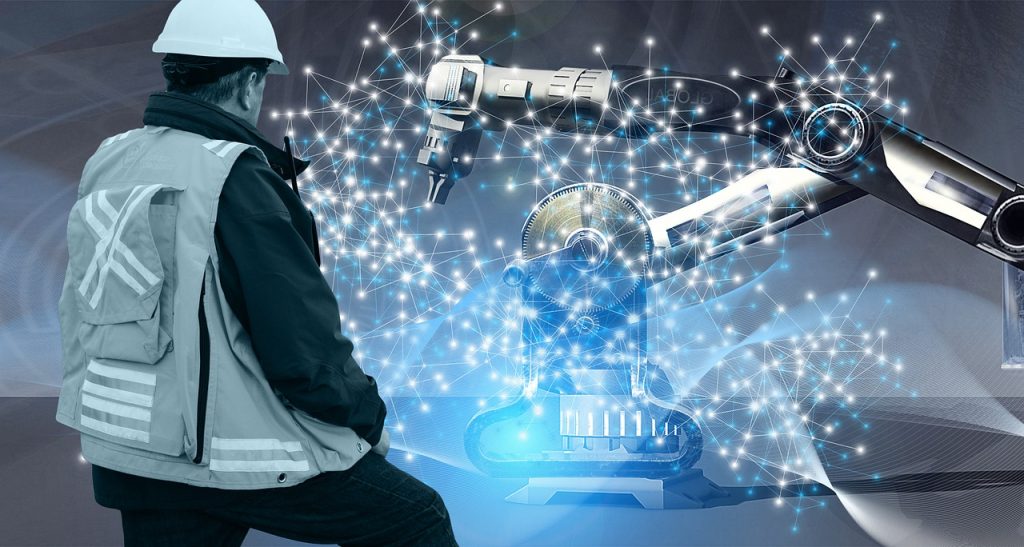
GUEST POST from Chateau G Pato
The rapid progression of artificial intelligence (AI) has ignited both intrigue and fear among experts in various industries. While the advancements in AI hold promises of improved efficiency, increased productivity, and innumerable benefits, concerns have been raised about the potential impact on employment. As AI technology continues to evolve and permeate into different sectors, it is crucial to examine the implications it may have on the workforce. This article will delve into the impact of AI on future employment, exploring two case study examples that shed light on the subject.
Case Study 1: Autonomous Vehicles
One area where AI has gained significant traction in recent years is autonomous vehicles. While self-driving cars promise to revolutionize transportation, they also pose a potential threat to traditional driving jobs. According to a study conducted by the University of California, Berkeley, an estimated 300,000 truck driving jobs could be at risk in the coming decades due to the rise of autonomous vehicles.
Although this projection may seem alarming, it is important to note that AI-driven automation can also create new job opportunities. With the emergence of autonomous vehicles, positions such as remote monitoring operators, vehicle maintenance technicians, and safety supervisors are likely to be in demand. Additionally, the introduction of AI in this sector could also lead to the creation of entirely new industries such as ride-hailing services, data analysis, and infrastructure development related to autonomous vehicles. Therefore, while some jobs may be displaced, others will potentially emerge, resulting in a shift rather than a complete loss in employment opportunities.
Case Study 2: Healthcare and Diagnostics
The healthcare industry is another sector profoundly impacted by artificial intelligence. AI has already demonstrated remarkable prowess in diagnosing diseases and providing personalized treatment plans. For instance, IBM’s Watson, a cognitive computing system, has proved capable of analyzing vast amounts of medical literature and patient data to assist physicians in making more accurate diagnoses.
While AI undoubtedly enhances healthcare outcomes, concerns arise regarding the future of certain medical professions. Radiologists, for example, who primarily interpret medical images, may face challenges as AI algorithms become increasingly proficient at detecting abnormalities. A study published in Nature in 2020 revealed that AI could outperform human radiologists in interpreting mammograms. As AI is more widely incorporated into the healthcare system, the role of radiologists may evolve to focus on higher-level tasks such as treatment decisions, patient consultation, and research.
Moreover, the integration of AI into healthcare offers new employment avenues. The demand for data scientists, AI engineers, and software developers specialized in healthcare will likely increase. Additionally, healthcare professionals with expertise in data analysis and managing AI systems will be in high demand. As AI continues to transform the healthcare industry, the focus should be on retraining and up-skilling to ensure a smooth transition for affected employees.
Conclusion
The impact of artificial intelligence on future employment is a complex subject with both opportunities and challenges. While certain job roles may face disruption, AI also creates the potential for new roles to emerge. The cases of autonomous vehicles and AI in healthcare provide compelling examples of how the workforce can adapt and evolve alongside technology. Preparing for this transition will require a concerted effort from policymakers, employers, and individuals to ensure a smooth integration of AI into the workplace while safeguarding the interests of employees.
Bottom line: Futurology is not fortune telling. Futurists use a scientific approach to create their deliverables, but a methodology and tools like those in FutureHacking™ can empower anyone to engage in futurology themselves.
Image credit: Pexels
![]() Sign up here to get Human-Centered Change & Innovation Weekly delivered to your inbox every week.
Sign up here to get Human-Centered Change & Innovation Weekly delivered to your inbox every week.



 Drum roll please…
Drum roll please…




